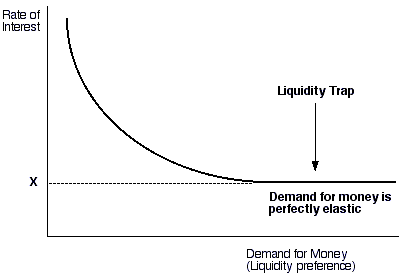
Shocks cause a drop
Aggregate Demand & Aggregate Supply Cause Deflation in Japan
In every country, aggregate demand and aggregate supply must be calculated and measured to determine the economy’s performance. In Japan, despite the expansionary monetary and fiscal policies, the real economy is stagnating, showing little or absolutely no growth, since the bubble burst that occurred in the early 90’s. After the bubble bursting, Japan has found itself falling into a period of deflation. A deflationary gap was created in which the aggregate supply was immensely greater than the aggregate demand (demand shortage), which is caused by an aggregate demand shock, a sudden shift in the aggregate demand curve. Statistics have shown that the deflationary gap was present till 2010. Nevertheless, the aggregate demand shocks normally cause deflation for a short period, yet Japan has been suffering from the downfall of prices for commonly purchased goods and services for nearly twenty years.
However, have you ever paused and asked yourself what are the reasons that are still responsible for Japan’s stagnation? The reasons that the gap is persisted for so long? It is most probably from the inestimable elongated series of negative aggregate demand shocks caused by firstly, the decrease in the birthrate, and secondly, Japan’s aging society.
Japan also lives in a world that has numerous equilibria (multiple equilibria). Macroeconomists believe that Japan required a strong push to escape from the “bad equilibrium” and jump back into the “good equilibrium”.
Moreover, macroeconomists assume that Japan is not living in an AD-AS model. In an AD-AS model, either the aggregate demand or aggregate supply shifts on its own. In addition, this type of model would suggest that Japan’s deflation would have vanished long ago rather than few years back.
Nonetheless, in Japan, the exact same cause may result in supply shocks and demand shocks. Furthermore, the deflation continued for nearly 20 years. Therefore, macroeconomists concluded that liquidity trap models, one in which banks refuse to reduce the interest rates and thus making the monetary policy ineffective and useless, would be the best model to explain Japan’s stagnation IF AND ONLY IF it contained multiple equilibria. Nevertheless, on the condition that this type of model doesn’t contain multiple equilibria, which symbolizes Japan’s economy, then liquidity trap models wouldn’t explain Japan’s stagnation effectively and precisely.


Mira AlHashimi
Economist






